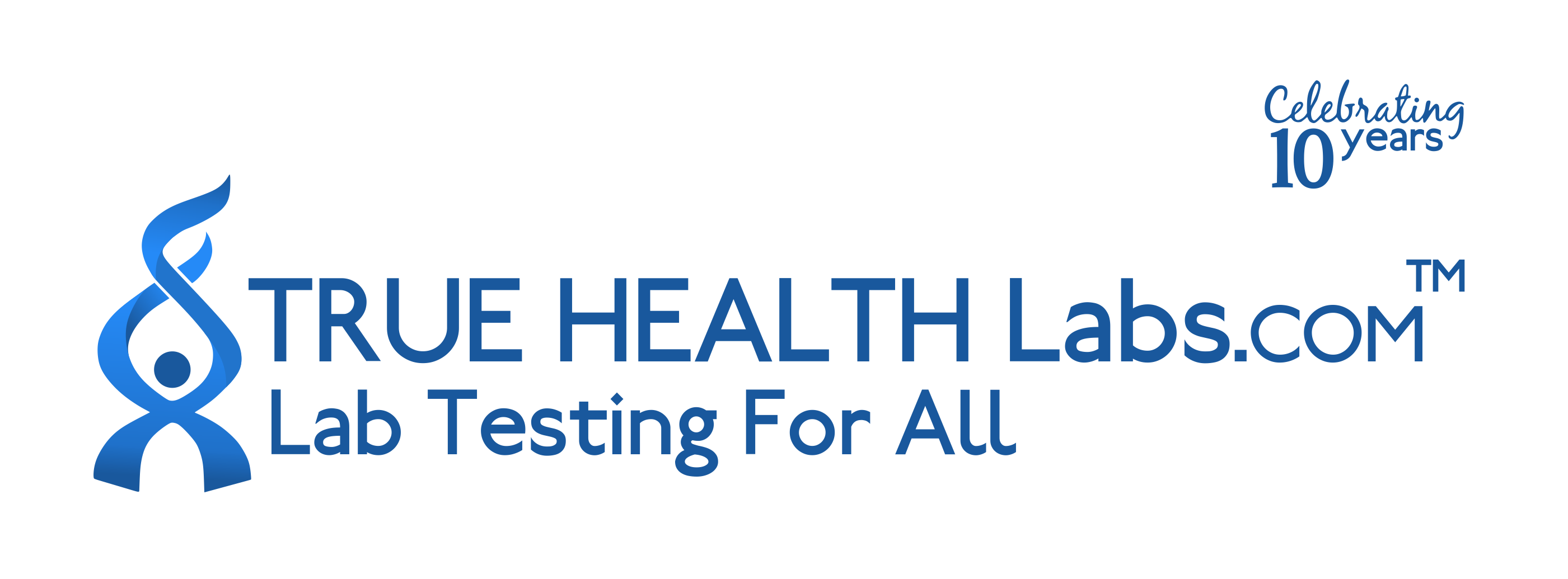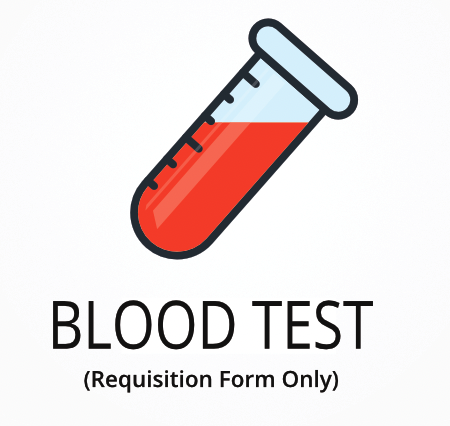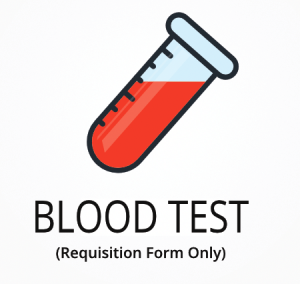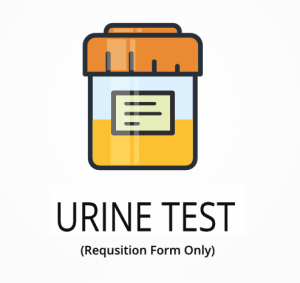What is The NASH Non-Alcoholic Liver Disease (NAFLD) Blood Test
Waiting too long to check your liver can lead to silent damage. This test uses fibrosis scoring to measure liver scarring, steatosis scoring to track fat buildup, and NASH scoring to see if inflammation is progressing. These aren’t things you can feel, but they shape your long-term risk of developing NAFLD.
Imagine your liver like a sponge, when it starts soaking up too much fat, it gets stiff and less able to do its job. This test lets you catch those changes early, before they become permanent.
- Includes ALT and AST to check how well your liver is working
- Uses GGT and haptoglobin to find hidden inflammation
- Scores for fibrosis, fat, and inflammation all in one test
- Most cases are due to obesity, type 2 diabetes, prediabetes, and a good indicator of early onset insulin resistance.
Think of this as an early warning system. The NASH FibroSure Non-Alcoholic Fatty Liver Test helps you know what’s happening on the inside, so you can protect your future.
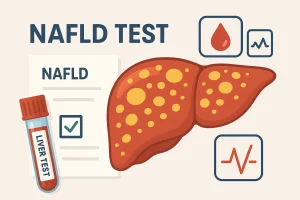
Labs Included When Ordering Your NASH FibroSure Non-Alcoholic Fatty Liver Lab Test
| Test Name | Reference Range | Significance | High and Low Levels |
|---|---|---|---|
| Alpha-2-Macroglobulin | Reference ranges may vary; consult your lab report. | A protein that increases during inflammation; elevated levels can indicate liver fibrosis. | High: May suggest liver fibrosis.
Low: Less commonly evaluated for clinical significance. |
| Alanine Aminotransferase (ALT) | Typically 7–56 U/L; consult your lab report for specifics. | An enzyme found in the liver; high levels can indicate liver damage. | High: May indicate liver damage or inflammation.
Low: Generally not considered clinically significant. |
| Apolipoprotein A1 | Reference ranges may vary; consult your lab report. | A component of HDL cholesterol; low levels can be associated with liver disease. | High: Typically indicates good cardiovascular health.
Low: May be linked to liver disease or increased cardiovascular risk. |
| Aspartate Aminotransferase (AST) | Typically 10–40 U/L; consult your lab report for specifics. | An enzyme found in the liver and heart; elevated levels can indicate liver damage. | High: May indicate liver damage or disease.
Low: Generally not considered clinically significant. |
| Bilirubin, Total | Typically 0.1–1.2 mg/dL; consult your lab report for specifics. | A substance produced during the breakdown of red blood cells; high levels can indicate liver dysfunction. | High: May suggest liver dysfunction or bile duct obstruction.
Low: Generally not considered clinically significant. |
| Cholesterol, Total | Desirable: Less than 200 mg/dL; consult your lab report for specifics. | A measure of the total amount of cholesterol in your blood; imbalances can be related to liver function. | High: May indicate risk for cardiovascular disease.
Low: May be associated with liver disease or malnutrition. |
| Gamma-Glutamyl Transferase (GGT) | Typically 8–61 U/L; consult your lab report for specifics. | An enzyme involved in liver function; elevated levels can signal bile duct problems or alcohol-related liver issues. | High: May indicate bile duct issues or chronic liver disease.
Low: Rarely of clinical concern. |
| Glucose | Fasting: 70–99 mg/dL; consult your lab report for specifics. | Blood sugar levels help detect insulin resistance, which is often linked with fatty liver disease. | High: May indicate insulin resistance or diabetes.
Low: May cause fatigue, shakiness, or fainting. |
| Haptoglobin | 30–200 mg/dL; consult your lab report for specifics. | A protein made by the liver; low levels may suggest liver disease or red blood cell breakdown. | High: May occur with inflammation or infection.
Low: Can suggest liver damage or hemolytic anemia. |
| Triglycerides | Normal: Less than 150 mg/dL; consult your lab report for specifics. | Fats found in your blood; high levels are linked with fatty liver and metabolic syndrome. | High: May be a sign of NAFLD or metabolic risk.
Low: May be linked to poor nutrition or hyperthyroidism. |
| Fibrosis, Steatosis, and NASH Scores | Scores provided in final report; interpretation based on proprietary algorithms. | Combined scoring algorithms evaluate liver scarring, fat accumulation, and inflammation without biopsy. | High: Suggests advanced liver damage or risk of NASH.
Low: Indicates minimal liver damage or steatosis. |
According to PubMed, “The FibroTest–ActiTest (NASH FibroSure) is a validated alternative to liver biopsy for staging liver fibrosis and activity in NAFLD patients, reducing the need for invasive procedures.”
NASH FibroSure Non-Alcoholic Fatty Liver Test | NAFLD FAQ
What is the NASH FibroSure Non-Alcoholic Fatty Liver Test for?
This test is designed to evaluate liver health in individuals with or at risk of non-alcoholic fatty liver disease (NAFLD). It helps detect levels of fat, inflammation, and scarring in the liver without the need for a liver biopsy.
What are the signs and symptoms of fatty liver disease?
Fatty liver disease can be silent at first. When symptoms show up, they may include fatigue, discomfort in the upper right abdomen, unintentional weight gain, and elevated liver enzymes in routine blood work. Advanced stages may involve jaundice or swelling.
How often should I retest?
If you’re managing a condition like NAFLD or NASH, retesting every 6 to 12 months is commonly recommended to monitor progression. Always follow your healthcare provider’s guidance for retesting frequency.
How accurate is the NASH FibroSure test?
The NASH FibroSure test is a validated, non-invasive alternative to liver biopsy. It combines multiple biomarkers to assess liver condition and has shown high accuracy for detecting fibrosis and inflammation in clinical studies.
Are test results private and confidential?
Receive test results securely on TrueHealthLabs.com under “My Account.” It’s critical that you share them with your physician. Results may be disclosed to health authorities only if legally mandated. Review our privacy policy for more details.
Can this test be used instead of a liver biopsy?
Yes. For many individuals, this test provides a safe, non-invasive substitute for liver biopsy when evaluating NAFLD, NASH, and fibrosis progression.
Who should take this test?
Anyone with risk factors such as obesity, diabetes, insulin resistance, high cholesterol, or elevated liver enzymes should consider this test, especially if they’ve never had a full liver health panel.
Medical Review Board
Reviewed by Jeff Donohue M.D. from Body Logic and Brady Hurst DC, CCCN. Written by True Health Lab’s team of editorial health contributors.
Disclaimer: This information is for educational purposes only and not intended as medical advice. Consult your healthcare provider for personalized guidance.
Why Customers Trust True Health Labs – What People are saying
Also rated 4.6 out of 5 based on 3452 ShopperApproved reviews- See all TrueHealthLabs.com reviews.
